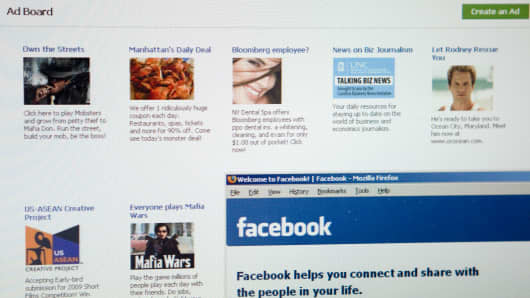In contrast, take Linkedin CEO Jeff Weiner's comments from his last earnings call:
I think one of the things that we are increasingly focused on in 2013 is going to be the opportunity to support content marketing and I was just talking a little bit about that in terms of the examples where companies are able to leverage content repositories they have already built up for the sake of generating leads and targeting prospects.
One of the things where we are making one of the areas we are making strong traction in is LinkedIn as a professional publishing platform. And you see with the momentum we are generating now with LinkedIn influencers, LinkedIn groups, SlideShare, people are increasingly turning to LinkedIn to publish professionally relevant content, and we think that's going to create a very strong platform and very valuable context for large enterprises, for small medium sized businesses who want to target and engage with professionals.
The days of publishers and media companies using direct sales forces to sell banners are numbered. Online media companies will perform the brand advertising function in the future through rich, brands-as-publisher, content centered campaigns.
This isn't the future any more, it's the present, and we are seeing it arrive on Wall Street.
(Read More: Venture Capitalists Hunt for Investments at SXSW)
Jon Steinberg is the President and COO at BuzzFeed in NYC. He was previously Strategic Partner Development Manager on Google's SMB (Small Medium Business) Partnerships team. Prior to Google, Jon was the Director of Business Development at Majestic Research and the founder of iBuilding, a commercial real estate software company backed by Tishman Speyer Properties, Benchmark Capital, and 12 Entrepreneuring.


